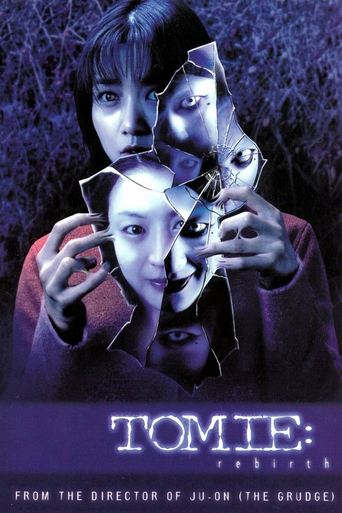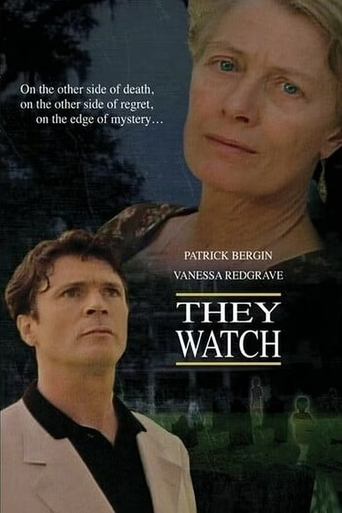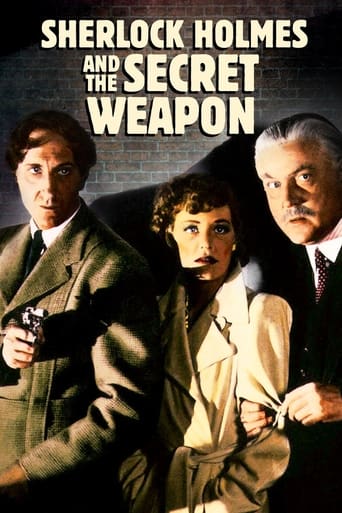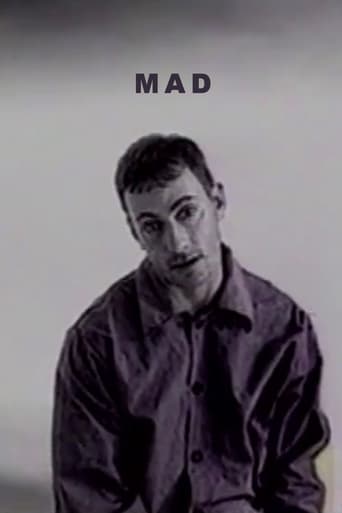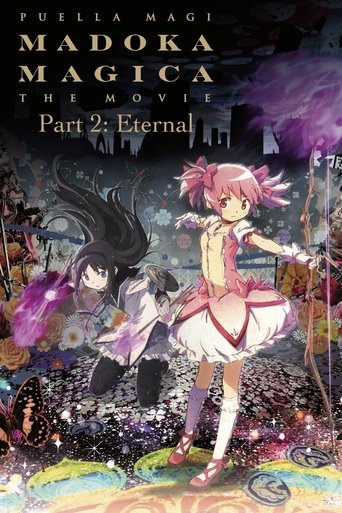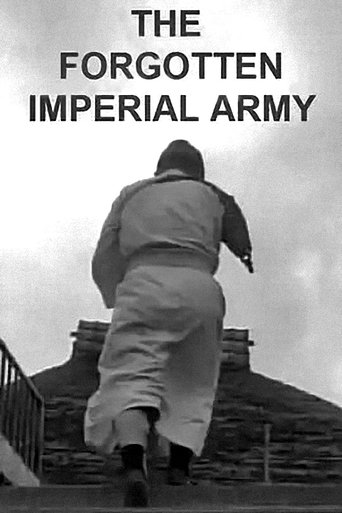
Oshima exposes the fact that many wounded soldiers cannot receive compensation from the Japanese government because of their Korean nationality, while questioning if this is a just way for the Japanese to act. The documentary uses TV to problematize the apathy of the Japanese people. According to Oshima’s 'The Idea of Evil and Cruelty' and Sato Tadao’s 'History of Japanese Documentary Film', the actual situation was much more serious and harsher than the documentary depicts.
| Title | The Forgotten Imperial Army |
|---|---|
| Year | 1963 |
| Genre | Documentary, TV Movie |
| Country | Japan |
| Studio | Nippon Television Network Corporation |
| Cast | Hōsei Komatsu |
| Crew | Nagisa Ōshima (Director), Masaaki Susawa (Director of Photography), Akira Hayasaka (Screenplay), Kurahei Tamario (Editor), Nagisa Ōshima (Screenplay), Takao Morimoto (Sound Designer) |
| Keyword | |
| Release | Aug 16, 1963 |
| Runtime | 25 minutes |
| Quality | HD |
| IMDb | 6.00 / 10 by 3 users |
| Popularity | 1 |
| Budget | 0 |
| Revenue | 0 |
| Language | 日本語 |
 Apple TV
Apple TV Google Play Movies
Google Play Movies Fandango At Home
Fandango At Home Netflix
Netflix Amazon Prime Video
Amazon Prime Video Amazon Video
Amazon Video MUBI
MUBI